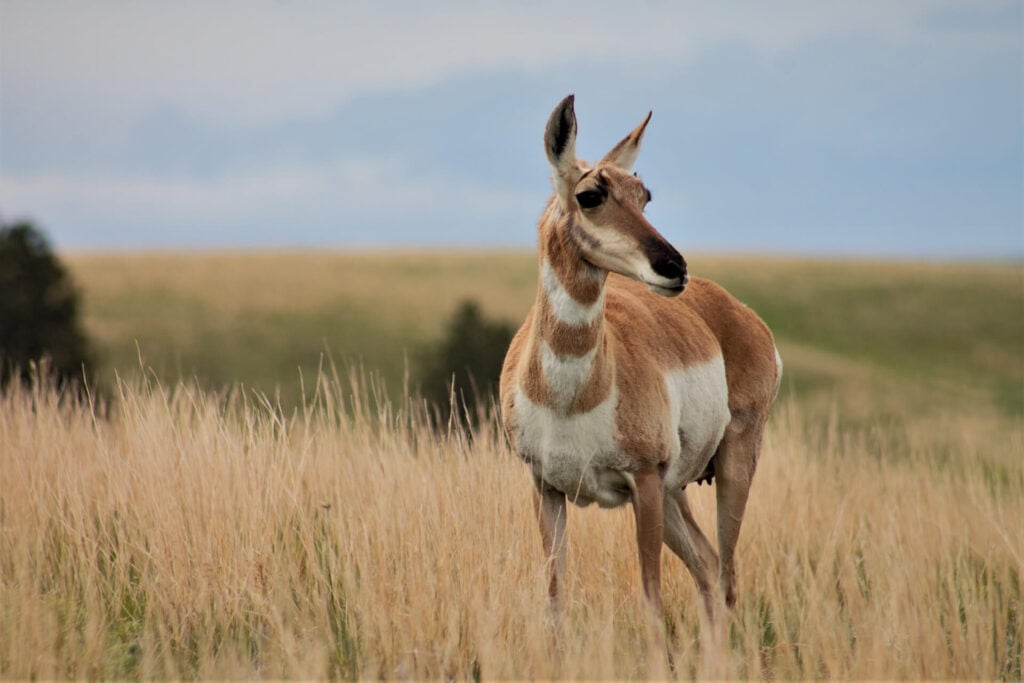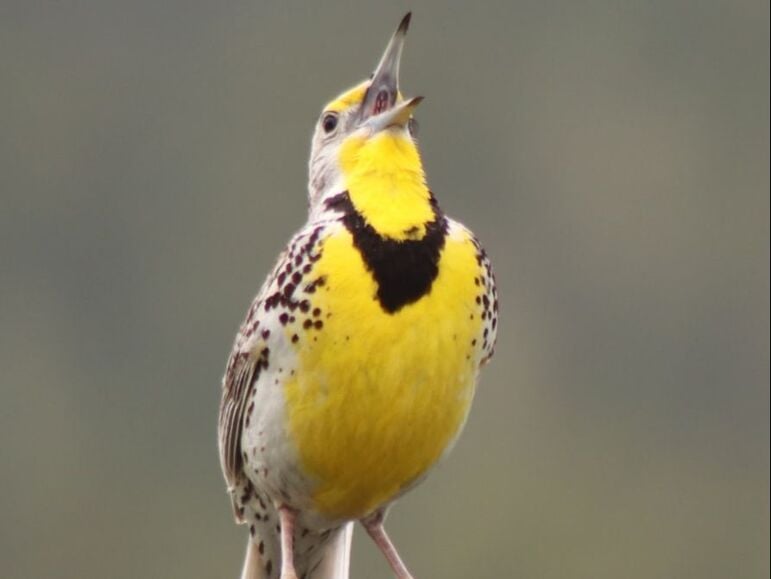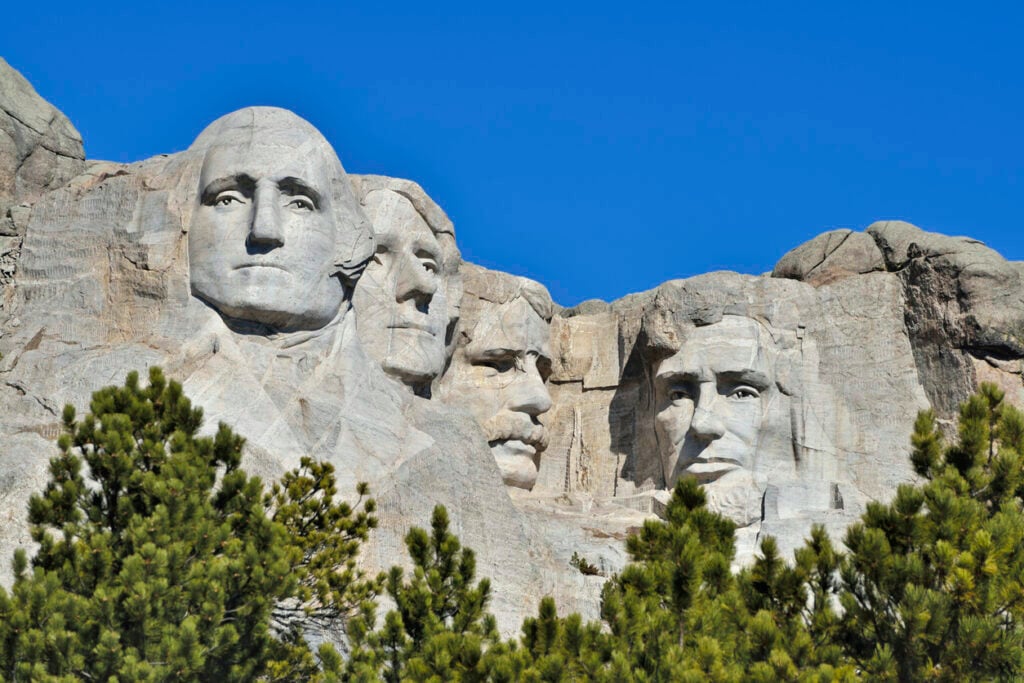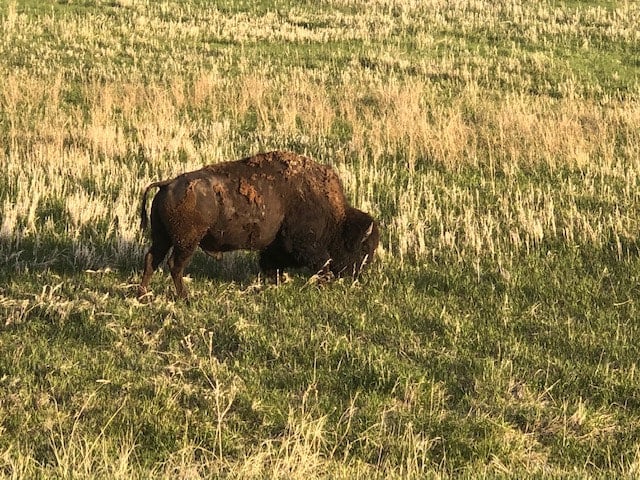Nestled in the Black Hills of South Dakota lies a national treasure that is as mysterious as it is breathtaking—Wind Cave National Park. Known for its intricate underground maze of passages and its serene prairie landscape above ground, this park is a hidden gem waiting to be discovered. It’s a place where science meets storytelling, where Lakota legends mingle with fascinating geological phenomena. Wind Cave is truly a destination like no other.
If you’re a first-time visitor or a seasoned explorer, this guide will help give you everything you need to know about Wind Cave National Park. From its rich cultural history to its unique wildlife and ecosystems, you’ll discover why this landmark is one of South Dakota’s most captivating destinations.
The Geological Wonder of Wind Cave
Wind Cave isn’t just any cave—it’s one of the longest and most complex caves in the world. With over 160 miles of mapped passages (and counting), the cave is renowned for its intricate boxwork formations. Wind Cave contains about 95% of the world’s known boxwork, a rare calcite structure that resembles honeycombs or delicate lace.
The cave was formed millions of years ago when water seeped through limestone, dissolving it and creating vast underground passages. Over time, minerals deposited within the cave walls gave rise to its unique formations. Wind Cave’s maze-like structure makes it a challenge to explore, but also a marvel to behold.
One of the cave’s most fascinating features is its namesake wind. Natural entrance depending on the pressure difference between the cave and the surface. Early explorers were amazed by this phenomenon, and it remains one of the cave’s most memorable characteristics.

The Lakota Connection and Cultural Significance
For the Lakota people, Wind Cave holds profound spiritual significance. It is said that Wind Cave is where their ancestors emerged onto the Earth. This sacred site is deeply woven into the Lakota creation story, symbolizing life, renewal, and connection to the land.
The Lakota name for the cave, Maka Oniye (Earth Breathing), reflects the wind phenomenon that early explorers also found so striking. The Lakota believe the cave’s breath is the Earth speaking to its people, a reminder of the interconnectedness of all living things.
Today, the park works closely with local Native American tribes to honor Wind Cave. Visitors can learn more about the Lakota connection through interpretive programs and exhibits at the visitor center.
The Discovery and Early Exploration of Wind Cave National Park
The first non-Native discovery of Wind Cave is credited to the Bingham brothers in 1881. As the story goes, Tom Bingham heard a strange whistling sound while walking through the prairie. He followed the noise to a small hole in the ground—the cave’s natural entrance—where he felt the wind rushing out with surprising force.
In the following years, explorers began mapping the cave’s passages, although early expeditions were far from easy. With only lanterns and ropes, these pioneers braved tight squeezes, sheer drops, and total darkness to uncover the cave’s secrets. Their discoveries eventually led to the establishment of Wind Cave National Park1 in 1903, making it the first cave in the world to be designated as a national park.
The Wildlife and Ecosystems Above Ground
While Wind Cave’s underground marvels are its main draw, the park’s surface is equally remarkable. Spanning over 33,000 acres, the park is home to one of the last remaining mixed-grass prairies in North America. This rare ecosystem supports a diverse range of plant and animal life. This ecosystem is in stark contrast to the Central Black Hills with its towering Ponderosa Pines and steep winding roads like Needles Highway.
Bison are perhaps the park’s most iconic residents, often seen grazing on the open prairie. These majestic creatures share the landscape with prairie dogs, elk, pronghorn antelope, and coyotes. Bird enthusiasts will also find plenty to admire, as the park hosts species like meadowlarks, red-tailed hawks, and wild turkeys. If you’re lucky, you might spot one of around 40-60 black-footed ferrets!
The prairie isn’t just a habitat—it’s a living history of the Great Plains. Visitors can walk through fields of native grasses and wildflowers, experiencing a landscape that has remained largely unchanged for centuries.

Exploring Wind Cave: Tours and Activities
Wind Cave National Park offers a variety of activities to help visitors explore both above and below ground. Whether you’re interested in spelunking, hiking, or wildlife spotting, there’s something for everyone.
Cave Tours
The park offers several guided tours, each tailored to different levels of adventure and fitness:
Garden of Eden Tour: A beginner-friendly option that highlights the cave’s unique formations.
Natural Entrance Tour: This tour includes a visit to the cave’s historic entrance, which features a mix of easy walking and stairs.
Fairgrounds Tour: A moderately strenuous tour that explores a variety of formations and large rooms.
Candlelight Tour: For a more immersive experience, visitors can explore the cave by candlelight, just as early explorers did.
Wild Cave Tour: This off-trail adventure is perfect for thrill-seekers who want to crawl and climb through less-visited parts of the cave, making this the best “Wild Cave Tour” experience in the Black Hills!
Hiking Trails
Above ground, Wind Cave National Park features over 30 miles of hiking trails. Popular options include:
Rankin Ridge Trail: A 1-mile loop with panoramic views of the Black Hills.
Lookout Point Trail: A 5-mile loop that takes you through prairie and forest landscapes and even more panoramic views. Lookout Point is a great experience and highly recommended. Like most trails and experiences, we recommend beginning your adventure on Lookout Point Trail early in the day.
Elk Mountain Trail: A peaceful trail perfect for spotting wildlife.
Wildlife Viewing
The park’s open prairies and rolling hills make it easy to spot wildlife. Early morning and late afternoon are the best times to see bison, prairie dogs, and other animals in action.

Protecting and Preserving Wind Cave
Wind Cave National Park is not just a destination—it’s a vital conservation area. The park plays a key role in preserving both its underground formations and its surface ecosystems. Efforts to reintroduce bison and protect native prairie species have made the park a leader in conservation.
Visitors are encouraged to follow Leave No Trace principles, respecting the delicate balance of life within the park. This includes staying on designated trails, refraining from touching cave formations and minimizing waste.
Best Times to Visit
Wind Cave National Park is open year-round, but the experience varies with the seasons:
| Spring | Summer | Fall | Winter |
|---|---|---|---|
| Wildflowers bloom across the prairie, and wildlife is especially active. | The park’s busiest season offers full access to tours and programs, though crowds can be larger. | Cooler temperatures and golden grasses make autumn a peaceful time to visit. | The underground cave remains a constant 54°F, providing a cozy escape from the cold. |
Practical Information for Visitors
Here’s what you need to know before visiting Wind Cave:
| Location | Fees | Hours | Accessibility |
|---|---|---|---|
| The park is located near Hot Springs, South Dakota, just a short drive from the Black Hills and Custer State Park. | Entrance to the park is free, but cave tours require a ticket. | The visitor center is open daily, although hours may vary by season. | Some cave tours are wheelchair accessible, and the visitor center offers exhibits for all to enjoy. |
Why Wind Cave Is a Must-See Landmark
Wind Cave National Park offers a rare combination of underground wonder and natural beauty above ground. It’s a place where you can marvel at geological formations found nowhere else on Earth, learn about the spiritual traditions of the Lakota people, and connect with the vast, open landscape of the Great Plains.
Wind Cave is conveniently located directly next to Custer State Park, Mount Rushmore, and Black Hills National Forest.
For anyone traveling through South Dakota, Wind Cave is a destination that simply can’t be missed. It’s more than a landmark—it’s an experience that leaves a lasting impression.
Wind Cave National Park and Its Proximity to South Dakota’s Iconic Destinations
Wind Cave National Park isn’t just a landmark on its own—it’s a hub for exploring some of the most remarkable attractions in South Dakota. Its location in the southern Black Hills makes it an ideal starting point or centerpiece for a journey through the region’s natural and cultural wonders.
Just a short drive north of Wind Cave, you’ll find Custer State Park, renowned for its Wildlife Loop, where visitors can see a variety of animals, including the park’s famous bison herd. This scenic route offers beautiful views of the rolling prairie grasslands, with ample opportunities to spot park wildlife like pronghorn antelope and wild turkeys.

The nearby Highway 87 connects Wind Cave to the jaw-dropping Needles Highway, a winding route through granite spires and tunnels carved into the landscape. From here, you can also access the famous Iron Mountain Road, which combines thrilling curves with panoramic vistas, including framed views of Mount Rushmore. This scenic road is one of the Black Hills’ treasures and should be on every traveler’s itinerary.
Heading west, you’ll reach Jewel Cave National Monument, another subterranean marvel. While Wind Cave is known for its boxwork formations, Jewel Cave boasts dazzling calcite crystals. Together, these two caves form a unique underground experience that showcases the region’s rich geological diversity. If you’re a cave enthusiast, visiting both offers a chance to compare their formations and learn about their distinct histories.
The town of Hot Springs, located just south of Wind Cave, is another must-visit destination. Known for its warm mineral waters and historic sandstone architecture, Hot Springs offers relaxation after a day of exploring. The nearby Mammoth Site, also in Hot Springs, is a fascinating glimpse into prehistory. This active paleontological dig features the fossilized remains of Columbian mammoths and provides visitors with a deeper understanding of the area’s ancient past. Combining a visit to Wind Cave with stops at the Mammoth Site and Hot Springs creates a well-rounded day of discovery.
For those venturing east, Badlands National Park is an easy day trip from Wind Cave. Known for its dramatic rock formations and expansive vistas, Badlands National Park offers a striking contrast to the lush greenery of the Black Hills. With its rugged beauty, the park is a must-see for anyone seeking plenty of opportunities to marvel at South Dakota’s diverse landscapes.
To the north is Rapid City, and Rapid City Regional Airport. If you decide to stay at accommodations in Rapid City, itineraries to all the sites of the Black Hills and Badlands are within reach.
The Crazy Horse Memorial is another nearby icon, located just north of Wind Cave along the route to Hill City. This massive sculpture honors the Lakota leader Crazy Horse and is a testament to the enduring spirit and history of the Native American people. The on-site museum adds depth to the experience, providing context about the ongoing work to complete the world’s largest mountain carving. Many visitors pair a trip to Wind Cave with stops at the Crazy Horse Memorial, as it’s easily accessible along the way to other Black Hills landmarks like Hill City and Mount Rushmore.
Exploring Wind Cave also provides access to several hiking opportunities, including the Centennial Trail, which traverses the Black Hills and passes through the park’s diverse terrain. The Wind Cave Canyon trail offers a unique combination of scenery and history, following an old roadbed while showcasing stunning cliffs and a chance to encounter wildlife. Adventurers will also appreciate the park’s cave entrance, a feature that embodies Wind Cave’s geological allure while connecting to its many above-ground attractions. While visiting the natural cave entrance, it’s important to respect the cultural significance of the site.
Plan Your Journey Through the Black Hills
Wind Cave National Park is more than an isolated destination—it’s the gateway to South Dakota’s most iconic attractions. From the nearby charm of Hot Springs and the prehistory of the Mammoth Site, to the grandeur of Mount Rushmore, the spiritual significance of the Crazy Horse Memorial, and the splendor of Badlands National Park, the region offers something for everyone. Whether you’re navigating the twists and turns of Iron Mountain Road, marveling at the formations of Jewel Cave National Monument, or trekking through Wind Cave Canyon, you’ll find ample opportunities to connect with the beauty and history of the area.
Keep in mind that while Wind Cave’s entrance is easily accessible, some parts of the park may involve travel on gravel roads, so plan accordingly. Visitors will also be pleased to know that Wind Cave’s entrance fee is very reasonable, making it a budget-friendly way to explore both above-ground and underground wonders. Whether you’re hiking through the prairie dog towns or taking in the scenic drives along Highway 87, Wind Cave National Park is perfectly positioned for an unforgettable Black Hills, National Forest, Crazy Horse Memorial and Custer State Park adventure.
Discover Wind Cave with My XO Adventures
At My XO Adventures, we bring the story of Wind Cave to life with daily tours that delve into its natural, cultural, and historical significance. Our guides are passionate about sharing the wonder of this incredible landmark, offering insights you won’t find in a guidebook. Looking for a unique experience? We’ll help you pair your visit with other Black Hills destinations, creating a personalized adventure you’ll never forget.
Join us and uncover the magic of Wind Cave National Park—your journey starts here!





